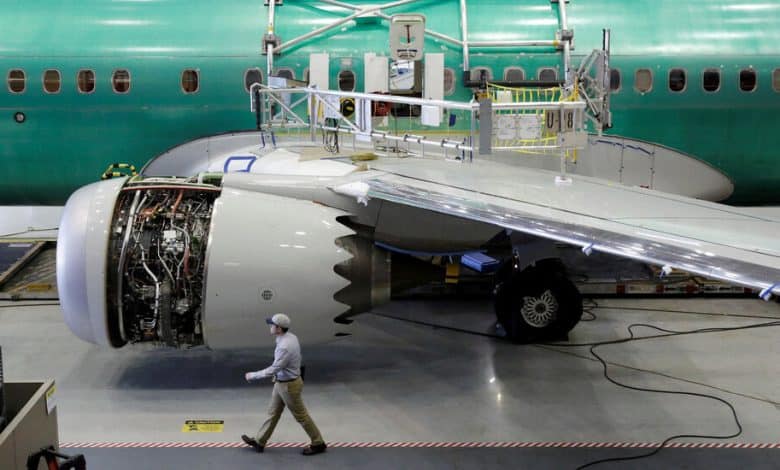F.A.A. Audit of Boeing’s 737 Max Production Found Dozens of Issues

A six-week audit by the Federal Aviation Administration of Boeing’s production of the 737 Max jet found dozens of problems throughout the manufacturing process at the plane maker and one of its key suppliers, according to a slide presentation reviewed by The New York Times.
The air-safety regulator initiated the examination after a door panel blew off a 737 Max 9 during an Alaska Airlines flight in early January. Last week, the agency announced that the audit had found “multiple instances” in which Boeing and the supplier, Spirit AeroSystems, failed to comply with quality-control requirements, though it did not provide specifics about the findings.
The presentation reviewed by The Times, though highly technical, offers a more detailed picture of what the audit turned up. Since the Alaska Airlines episode, Boeing has come under intense scrutiny over its quality-control practices, and the findings add to the body of evidence about manufacturing lapses at the company.
For the portion of the examination focused on Boeing, the F.A.A. conducted 89 product audits, a type of review that looks at aspects of the production process. The plane maker passed 56 of the audits and failed 33 of them, with a total of 97 instances of alleged noncompliance, according to the presentation.
The F.A.A. also conducted 13 product audits for the part of the inquiry that focused on Spirit AeroSystems, which makes the fuselage, or body, of the 737 Max. Six of those audits resulted in passing grades, and seven resulted in failing ones, the presentation said.
At one point during the examination, the air-safety agency observed mechanics at Spirit using a hotel key card to check a door seal, according to a document that describes some of the findings. That action was “not identified/documented/called-out in the production order,” the document said.
